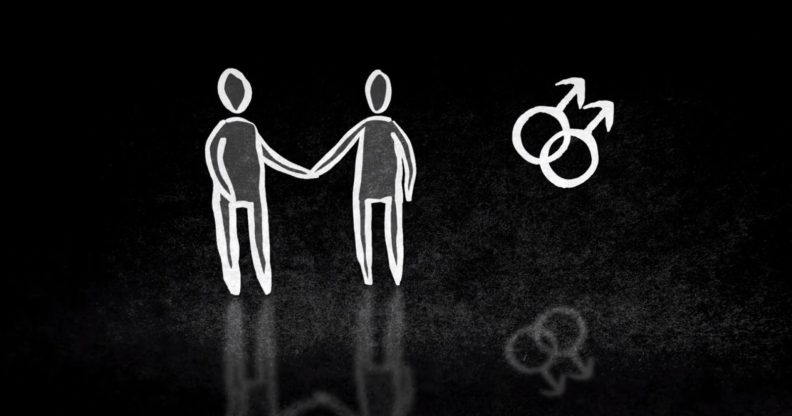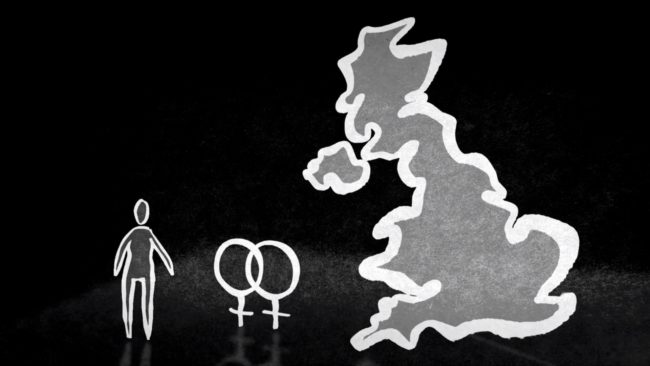IDAHOBIT: Has acceptance of homosexuality peaked in the UK?

After decades of increases in popular LGBT acceptance, data suggests the change is slowing down.
To mark International Day Against Homophobia, Transphobia and Biphobia, the University of Manchester has released new research that suggests that British society may be reaching ‘peak acceptance’ of gay people.
A series of changes to the law including the equalisation of the age of consent in 2001, the repeal of Section 28 in 2003 and the legalisation of same-sex marriage in 2013 have given gay people equality in the eyes of the law.
These changes have happened alongside a marked shift in society’s attitude towards homosexuality, which has become much more accepting.
Dr Laura Watt and Professor Mark Elliot studied data from the National Survey of Sexual Attitudes and Lifestyles to find out how people’s opinions towards same-sex relationships have changed since 1990.

In 2010, 27 percent of 16-44 year olds viewed same-sex relationships between men as always or mostly wrong compared to 60 percent in 1990. For female gay relationships, the numbers were 23 percent in 2010 compared with 58 percent in 1990.
While these figures show a massive rise in acceptance of same-sex relationships, this trend has significantly slowed down – suggesting Britain might see a peak level of acceptance for same-sex relationships rather than reaching blanket approval.
In 1990, a person’s education level was more strongly associated with their attitude towards homosexuality than either their religiosity or ethnicity – those educated to degree level were less likely to view same-sex relationships as wrong.
However, by 2010 a person’s religiosity and ethnicity were more associated with their attitudes towards homosexuality than their education.
Watt and Elliot also observed huge differences in the attitudes of certain groups.
In 2010, 58 percent of Black and South Asian 16-44 year olds believed same-sex relationships were always wrong (down from 67 percent in 1990) – in contrast, only 12 percent of white respondents in this age group held this view (down from 46 percent).
This gap is also reflected in religiosity – in 2010 60 percent of 16-44 year olds who attended religious services at least once a week viewed homosexuality as always wrong (down from 68 percent in 1990), compared with just 11 percent of those who didn’t identify as religious (down from 43 percent).
Men are also more likely than women to regard same-sex relationships (particularly between two men) as wrong.
Dr Watt said: “Evidence suggests that around 10 percent of people who identify as lesbian or gay still experience homophobia in the workplace.
“Regardless of the fact that we have had a huge policy shift in the UK, the fact that by 2010 around a fifth of the 16 to 44 year old population still viewed gay relationships as wrong shows this is still an issue that needs to be tackled.”

